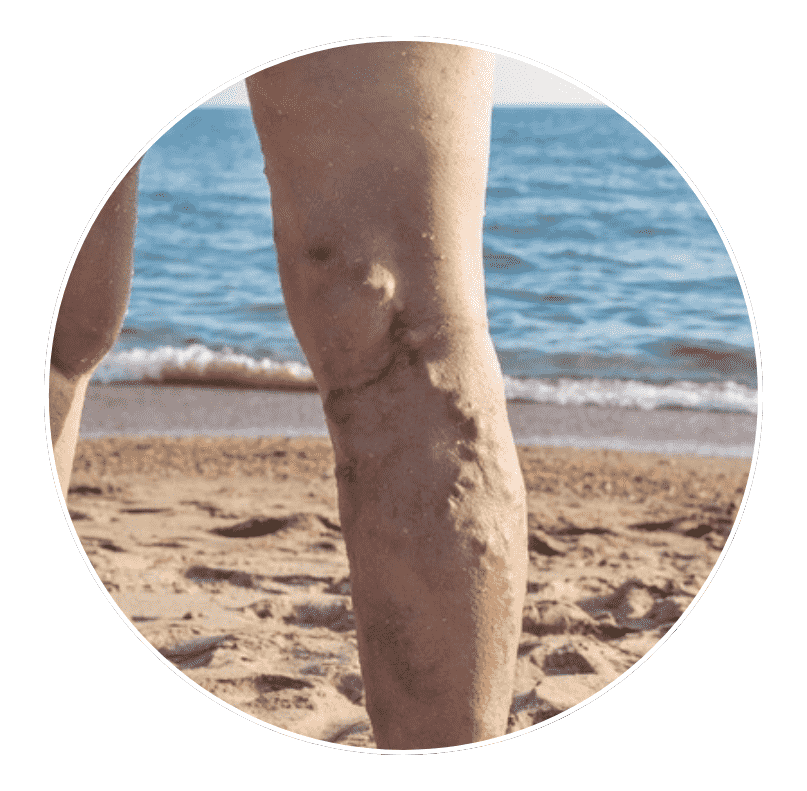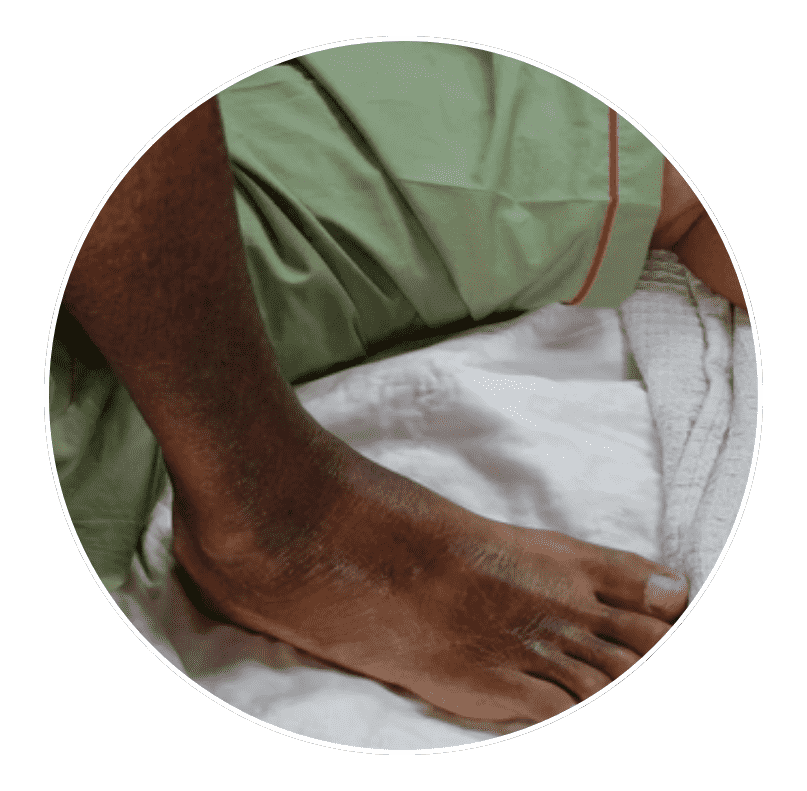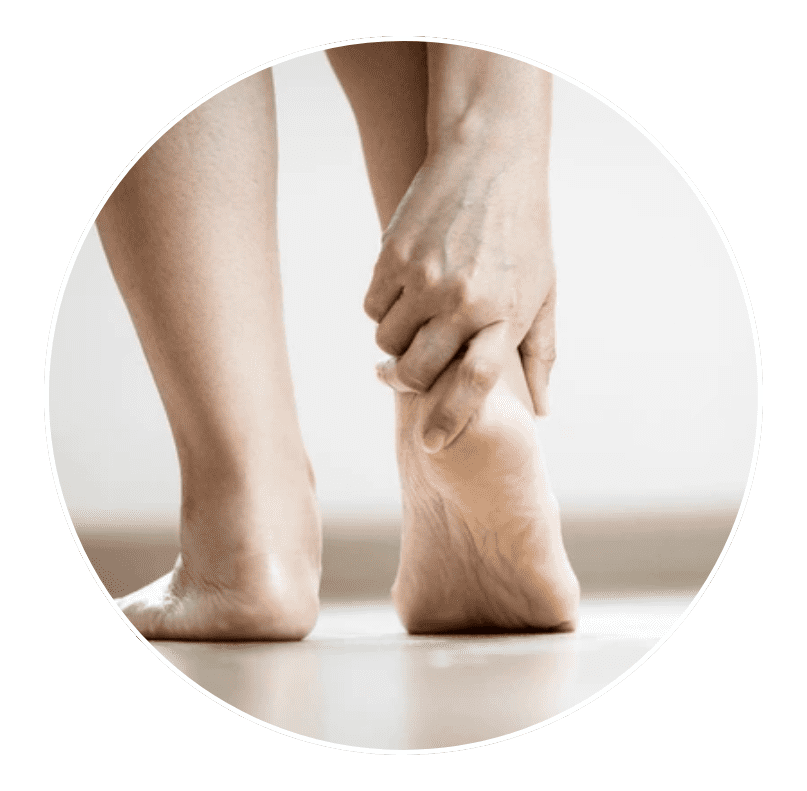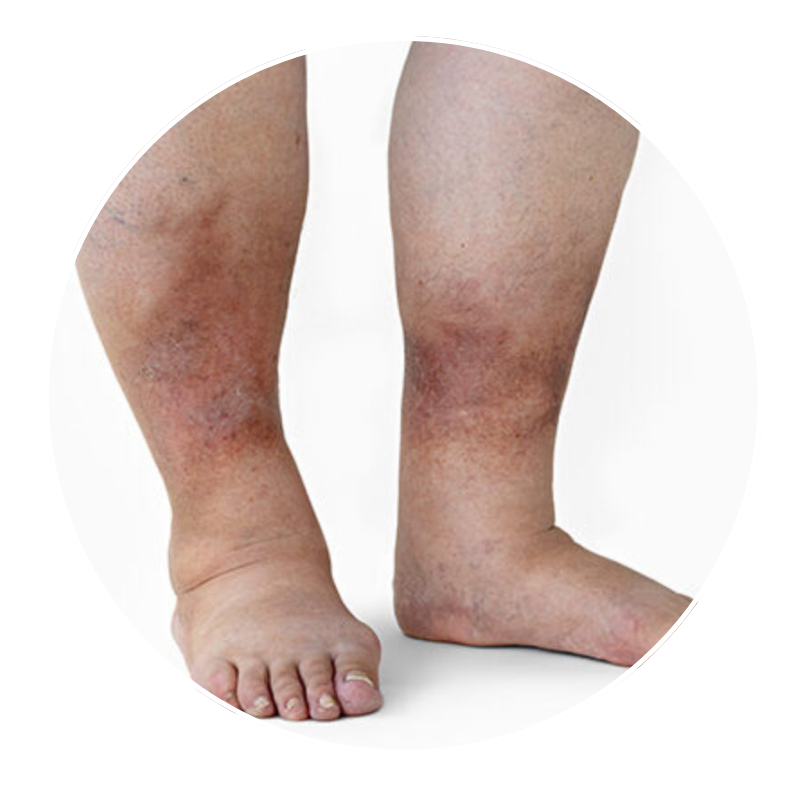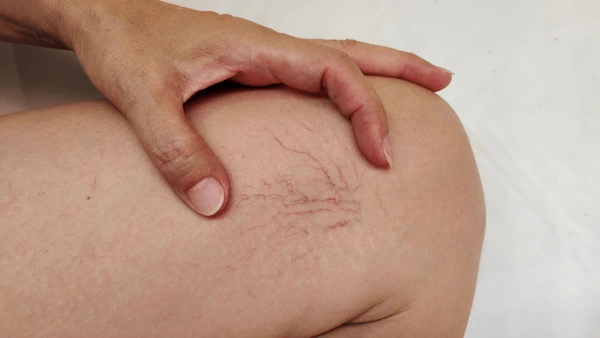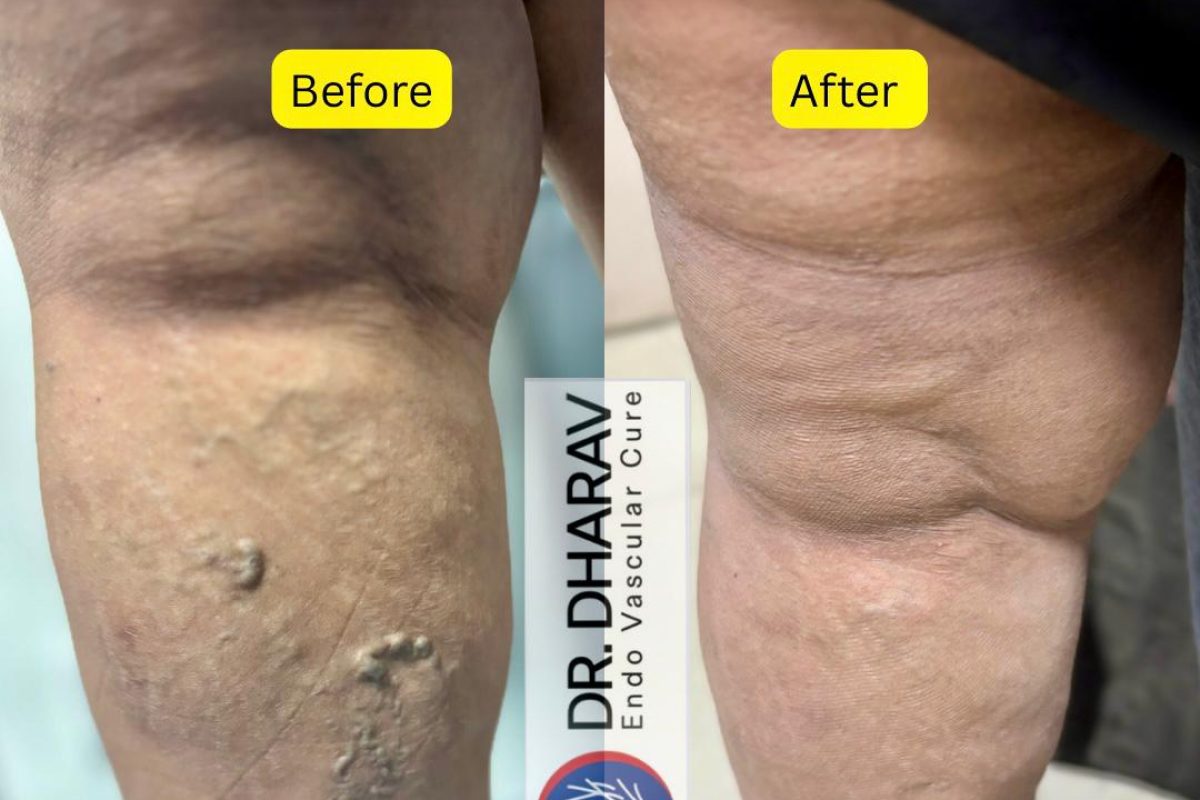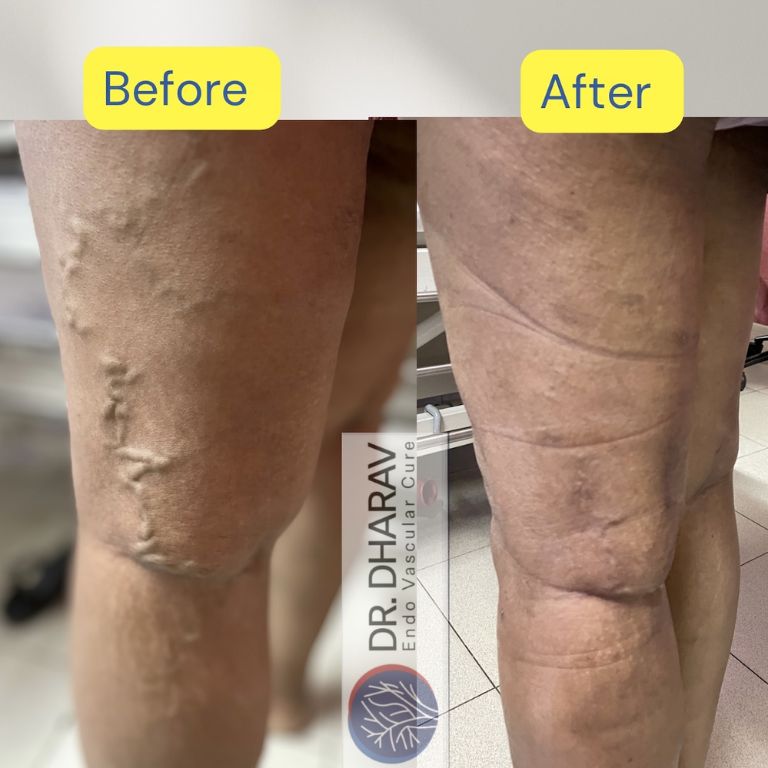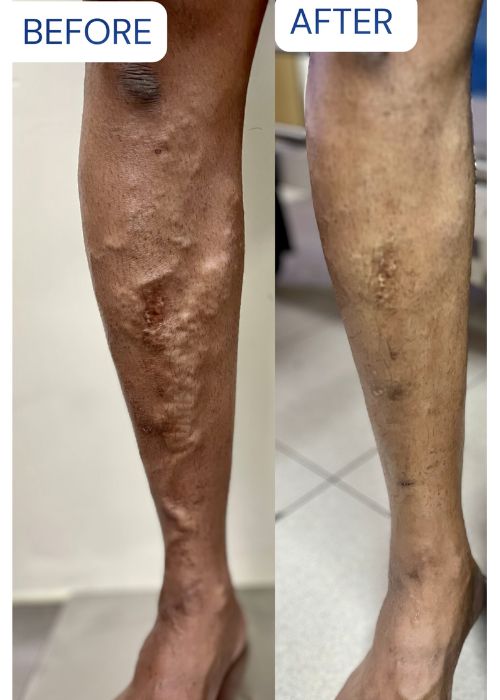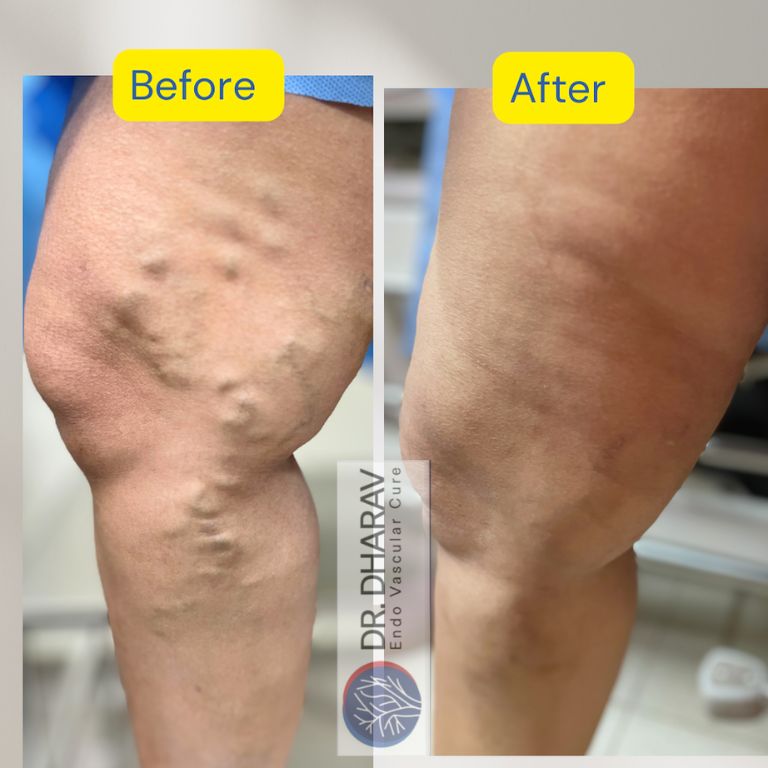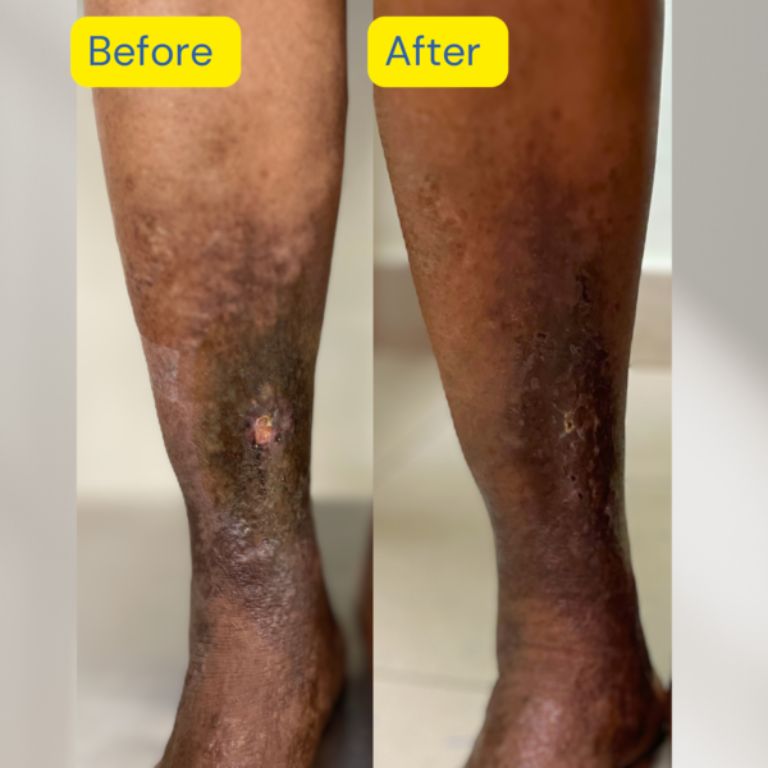Consultation
What causes varicose veins?
Varicose veins occur when the walls of your veins weaken. As blood pressure in your vein increases, the weakened walls allow your vein to get bigger. As your vein stretches, the valves that keep blood moving in one direction in your vein can’t work like they should. Sluggish blood backs up or pools in your vein, causing your vein to swell, bulge and twist.
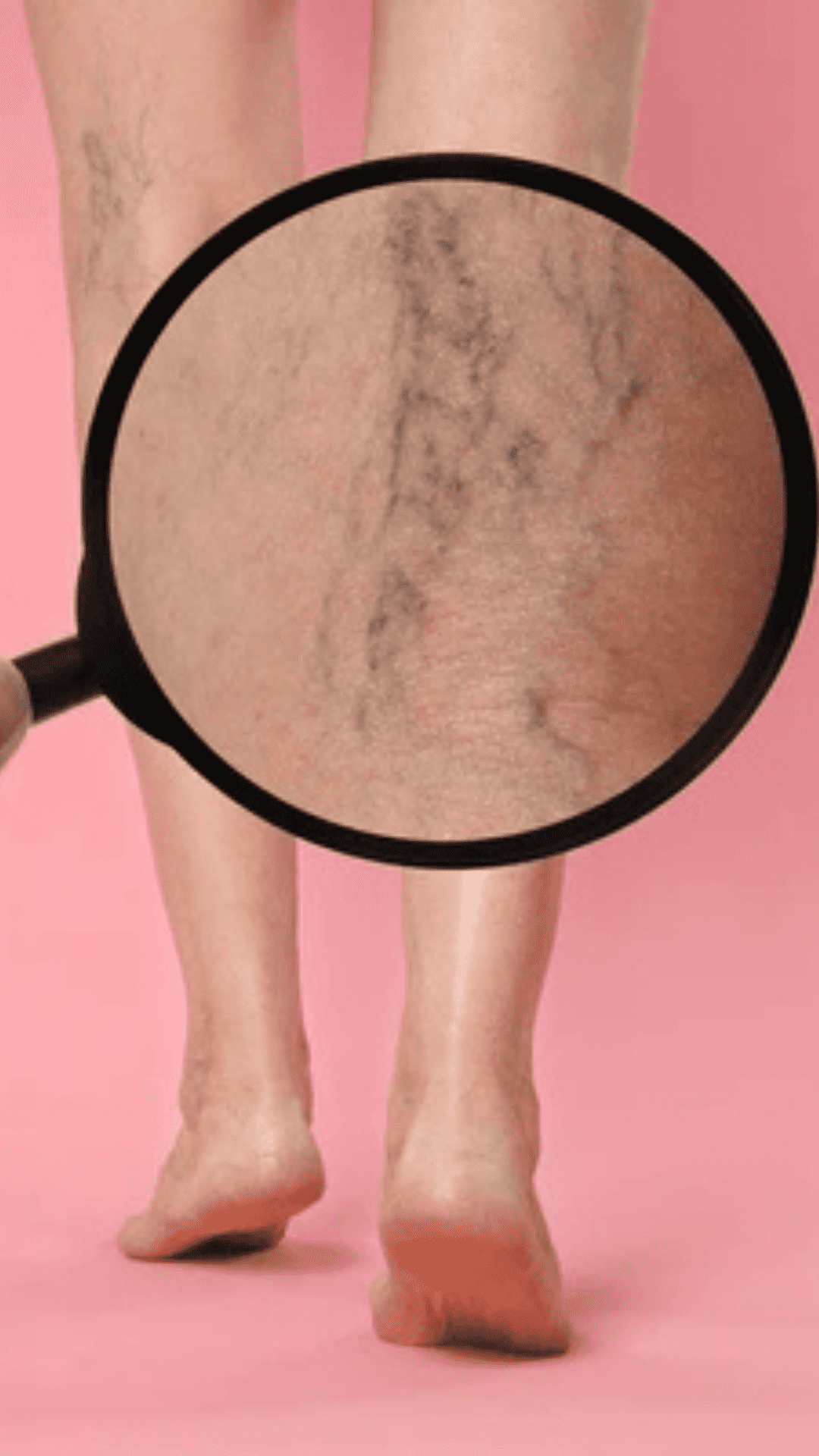
Vein walls and valves can become weak for several reasons, including:
- Hormones
- Hereditary Factors
- Old Age
- Excess Weight
- Restrictive Clothing
- Pressure inside the vein from standing for long periods.


